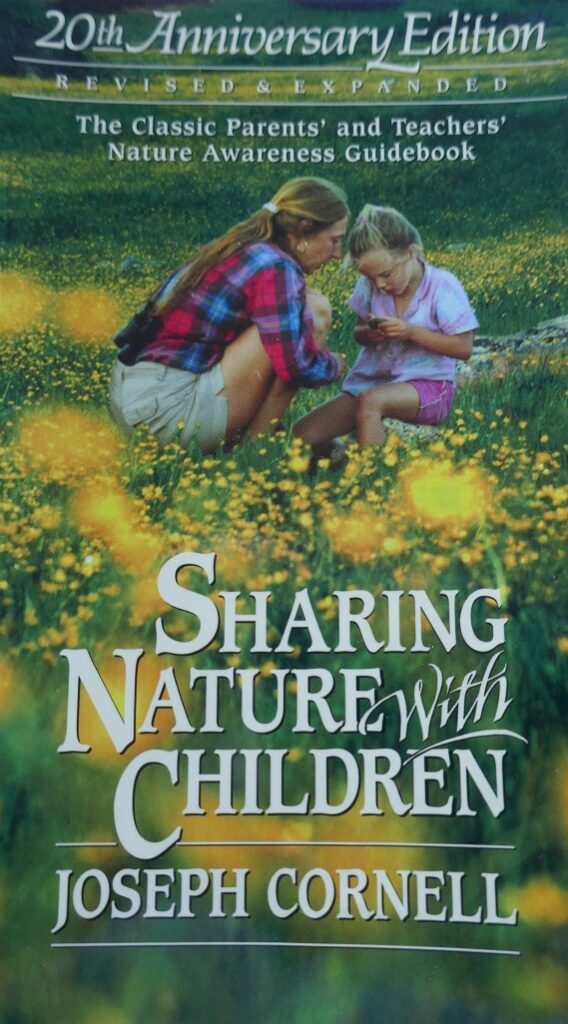
The harsh winter continues into February, and children all over the UK are still home-schooling following the second lockdown after Christmas. A couple of weeks ago, I started a short Earth Education programme with Connie (9) and her sister Evangeline (5) to help break up their indoor school day.
http://www.eartheducation.org.uk/
We started on a snowy wintry day in bright sunshine with a quick briefing on the plan which was to collect 10 interesting things to look closely at later under a microscope. I had another plan which was to include a few more fun exercises but I’d underestimated how much they would enjoy “getting to know a tree” and we ran out of time. After an hour and a half it would be time to return to my house for hot chocolate and oatcakes smothered in honey.
Rachel Carson, the author of Silent Spring and several other intriguing books, said, ” “If a child is to keep alive his inborn sense of wonder, he needs the companionship of at least one adult, who can share it, rediscovering with him the joy, excitement, and the mystery of the world we live in”.
The Sense of Wonder, published posthumously in 1965, is really a celebration of nature for parents and children. In this essay Carson shares with us her joy at introducing her great-nephew Roger to nature along the Maine coast in all weathers and seasons. She believes that knowing the names and facts about nature is not nearly so important as being out there in it just feeling it around you and says, “I sincerely believe that for the child, and for the parent seeking to guide him, it is not half so important to know as to feel. If facts are the seeds that later produce knowledge and wisdom, then the emotions and the impressions of the senses are the fertile soil in which the seeds must grow”.
With this in mind, I lead the children along the path but let them explore. Animal foot prints in the snow lead us off track and we discuss whose they might be. Connie wonders why pine needles are a different shade of green underneath and collects some to examine later. I find a place to play “getting to know a tree”. This involves each person in turn wearing a blind-fold and being led around to disorientate them, then at last coming to a tree that they will feel and smell and learn about. When they are familiar with their tree, they are led back to the starting point where the blind-fold is removed. They then walk about and try to recognise their tree. I ask them to guess if the tree is older than they are and how much older it might be. We play two rounds of this the first week, and on the second week we visit a different part of the forest. Connie quickly works out Scots pine from its scaly flaky bark. She wants to stay longer but it’s much colder than last week and we are in the shade, so we go back for hot chocolate. Again, I’m amazed that we have spent nearly 2 hours outdoors. This week it is below freezing and there are iced-over puddles to slide on.
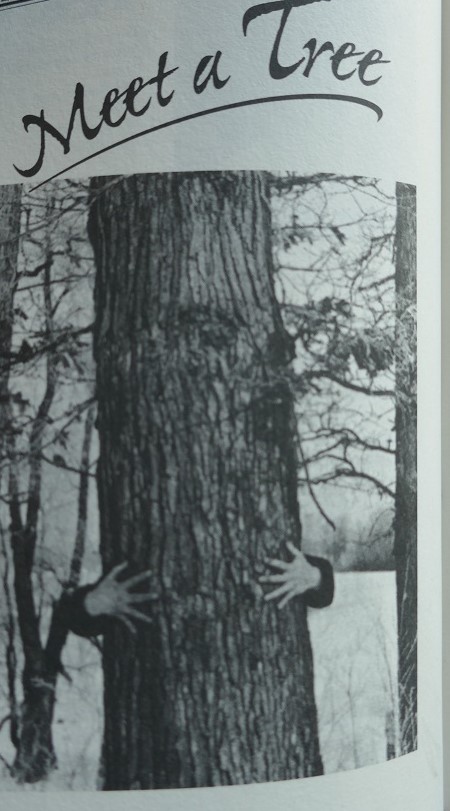
Focussing Attention.
Had it not been so cold I would have got out the blanket and we would have sat down on in the middle of the forest with our eyes shut. We would have listened to the sounds of birdsong, wind in the trees, aeroplanes overhead, tractors/cars in the distance and everything else. We would have held up a finger for each sound and later talked about what we noticed. It is a fine way to concentrate the mind and sit quietly for a short time. This can vary and it’s interesting observing the feel of the breeze or sun on the face, and the scent of the forest too.
The Animal Game.
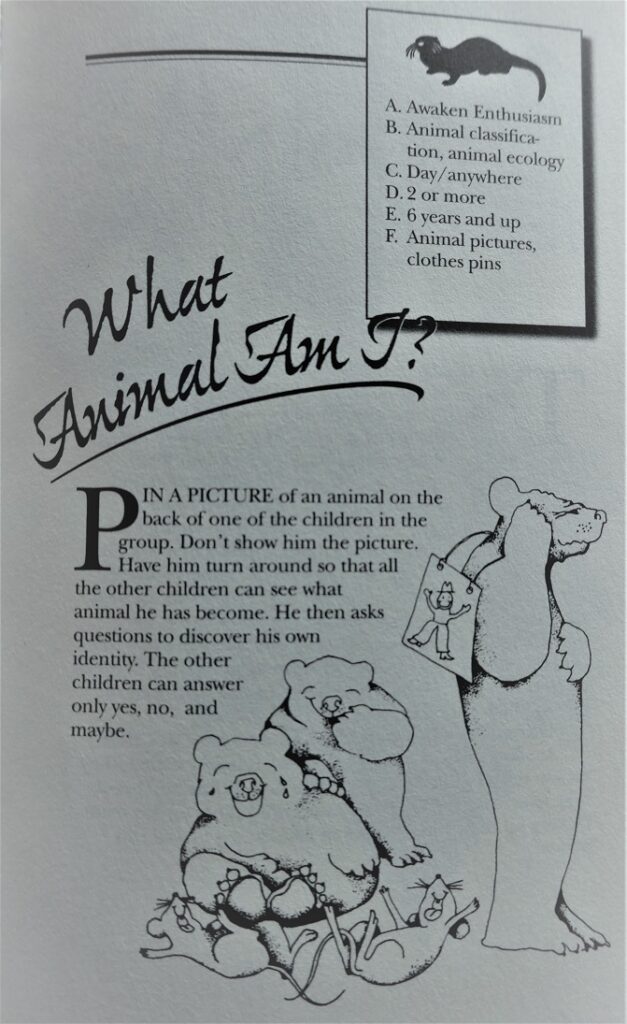
Once we’d finished checking out things under the dissecting microscope, and been truly fascinated by the flower parts and varroa mites, we played the hilarious animal game. it’s a lot more fun when you draw the animal rather than just think up the name of one like you might do on a long car journey. We used Sellotape to stick on our pictures.
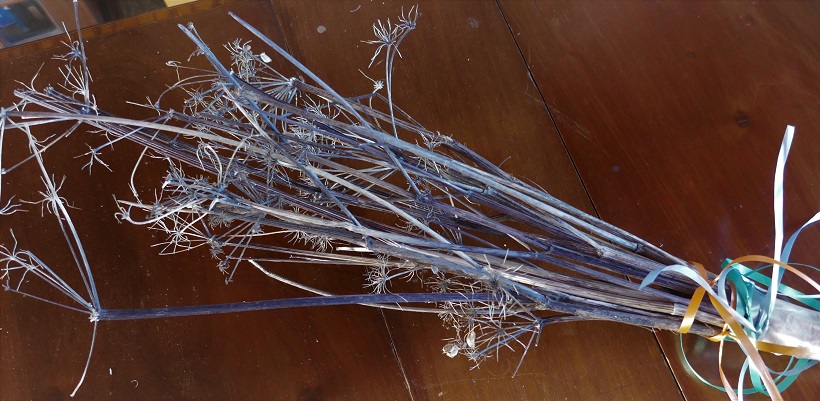
The Apiary.
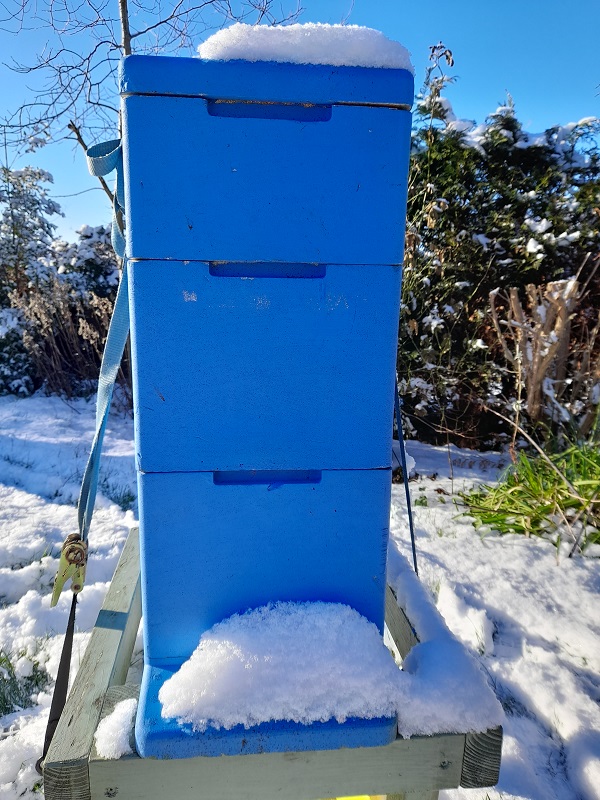
These bees are fine in the snow on a bright sunny day and I leave the entrances blocked by snow. They have ventilation underneath and they will not be fooled by the dazzling light reflecting off the snow and come out to their deaths.
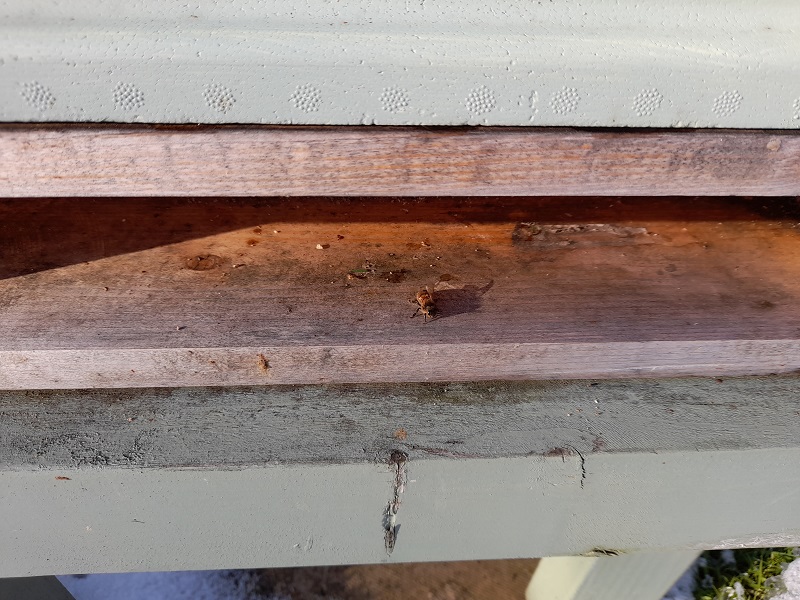
On the other hand, a few bees from this colony think it is ok to come out and I see some spiral up into the dazzling blue sky and disappear over the hedge. Never to return I fear, and some land in front of the hive in the soft snow. Later I collect some moribund bees for dissection so they are not wasted, but I wonder if putting a dark sheet of something over the entrance might keep them indoors? I place a heavy old curtain over the hive and it is effective. No bees have been out and about since. But not very practical for most beekeepers to do. My pampered bees are in the garden so it’s easy for me, especially as only one of 9 colonies has an entrance that gets warm winter sun shining directly on it during the middle of the day. This is our first harsh winter in a while and I’ve almost forgotten about the effects of bright snow on the bees
Dissection.
On dissection, I discover bees with rectums so full that they fill the abdominal cavities. This is what happens in winter as bees don’t defecate inside the hive. Instead, they wait for the first suitable day for a cleansing flight but sadly this is not one of them as it’s way below freezing and the air is frigid.
I notice well developed thoracic salivary glands as I open the thorax and it reminds me that these glands get a lot of use in winter as saliva is mixed with honey stores, or fondant, to bring the sugars to a 50/50 solution with water to enable utilisation and digestion. Perhaps the bees were hoping to collect water. I did find a dead one on the patio near the frozen water dish.
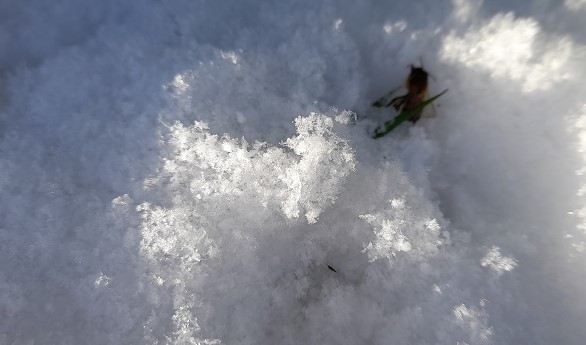
InsideTheHive.TV.
Humberto Boncristiani has another interesting interview coming up soon.
“Please Join our FREE Livestream on YouTube for an interesting discussion about the global distribution of Honey Bee Pests and Pathogens. In this event, Dr. Jamie Ellis and Dr. Humberto Boncristiani will discuss the recent update of this important review article and its implication for beekeepers, researchers, and policymakers.”


Hi Ann,
I used to prop a board in front of the entrance to shade it but now I use a ventilated mouseguard (page 24 thorne’s catalogue)
Very interesting and you are doing wonderful things with Connie and Evangeline.
Thank you, Philip. These are skills I learned on the HNC in Countryside Management course that I did some years back. I’d like to share these with more children but it gets complicated managing larger groups, and I’m very focussed on beekeeping education. However, I’m hoping that my blog will give others inspiration to help children explore our amazing world in different ways.
I grew up in the countryside and take for granted that when I look at it it makes sense. The understanding makes ones experience so much richer. I remember walking through some beech woods on the edge of a town on a summer afternoon and being surprised that there were no children or any evidence of their dens or mischief.
If our children’s generation don’t understand then they won’t care and their children won’t even know what has been lost.
I agree with you, but where I live there is much evidence of children in the woods and I come across dens and swings often. I have fun on the latter but find the tyre swings tricky compared with the good old fashioned ones.
Thank you, Ann, for introducing me to Rachel Carson’s book The Sense of Wonder. I look forward very much to reading this book. Also, I thank you more broadly for writing these pieces about your life and your world in northern Scotland.
I thought that you would like this book, Tom. It is very short sadly, but it was originally written as an essay for her publishers who wanted to learn more about her. I plan to read her other books about the sea and Maine. Currently, I’m re reading Silent Spring as pesticides are a hot topic here at the moment.